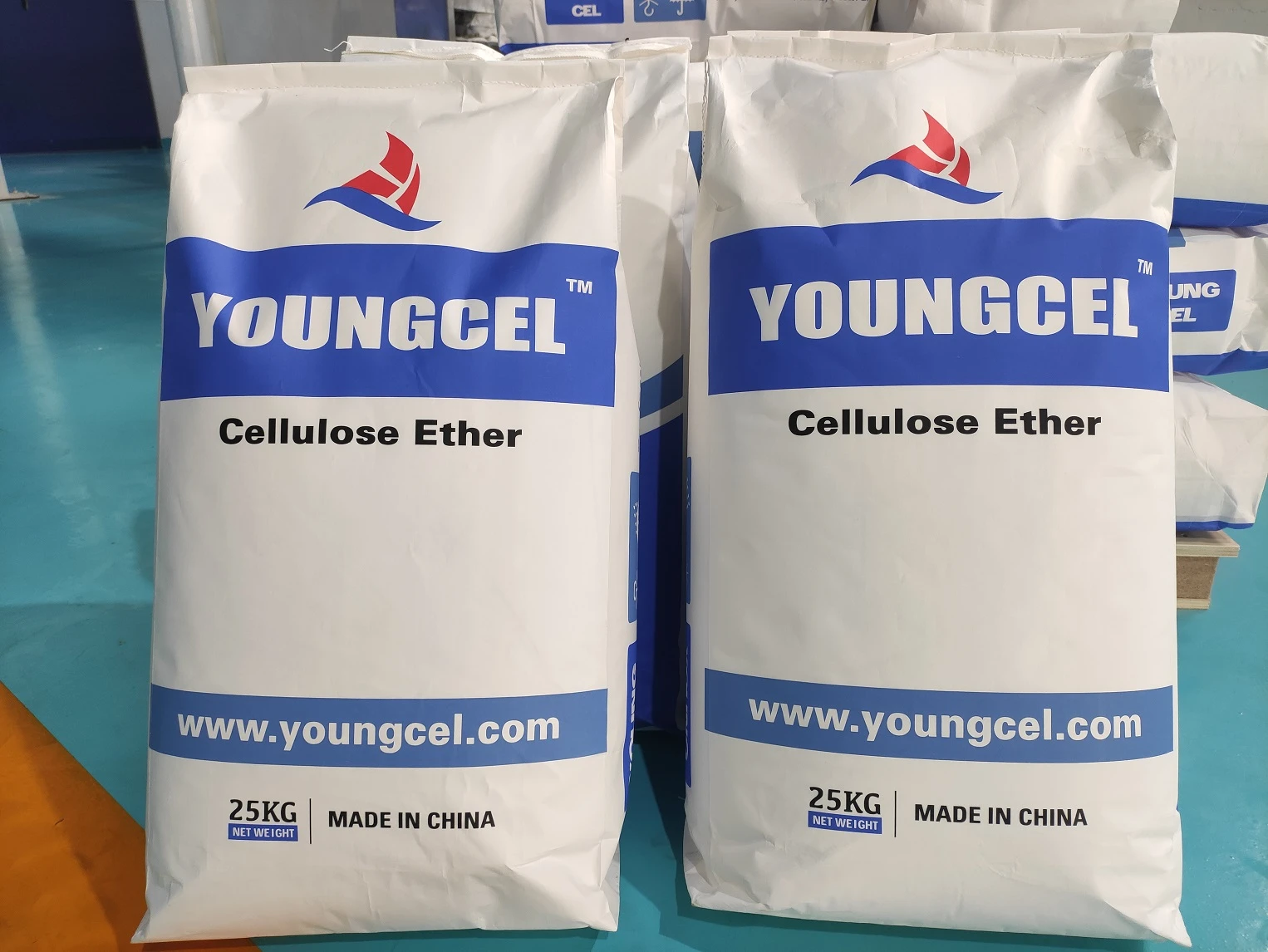Constructing HPMC A Comprehensive Overview
Hydroxypropyl methylcellulose (HPMC) is a widely used cellulose derivative that plays a crucial role in various industries, particularly in pharmaceuticals, food, and construction. Its unique properties, including thickening, binding, and film-forming abilities, make HPMC an indispensable component in many formulations. In this article, we will explore the construction of HPMC, its chemical structure, manufacturing process, applications, and its significance in various sectors.
Chemical Structure and Properties
HPMC is synthesized from cellulose, a natural polymer derived from plant cell walls. The chemical structure of HPMC consists of a linear chain of glucose units that are partially substituted with hydroxypropyl and methoxy groups. This modification enhances the solubility and functional properties of cellulose, allowing HPMC to dissolve in water and form viscous solutions.
The degree of substitution of the hydroxypropyl and methoxy groups significantly affects the characteristics of HPMC, such as its viscosity, gel strength, and thermal stability. By adjusting the ratios of these substituents, manufacturers can tailor HPMC for specific applications, ensuring optimal performance in different environments.
Manufacturing Process
The production of HPMC involves several steps, starting from the raw material cellulose. The key stages in the manufacturing process include
1. Cellulose Derivation Cellulose is extracted from various sources, including wood pulp and cotton. The purity and quality of the cellulose are critical, as they directly impact the final product's properties.
2. Chemical Modification In this stage, cellulose undergoes etherification, in which the hydroxyl groups of the cellulose are reacted with propylene oxide and methyl chloride. This reaction introduces hydroxypropyl and methoxy groups onto the cellulose backbone, resulting in HPMC.
3. Purification After the chemical modification, the product is purified to remove any unreacted materials, solvents, and by-products. This purification process is essential to achieve the desired purity and functionality of HPMC.
construct hpmc

4. Drying and Milling The purified HPMC is then dried to remove moisture content, followed by milling to achieve the desired particle size and flow properties. The final product is usually a white, fine powder.
Applications of HPMC
HPMC's versatility allows it to be used in a wide variety of applications across different industries
1. Pharmaceuticals In the pharmaceutical industry, HPMC is commonly used as a binder in tablet formulations, as well as a thickening agent in liquid medications. Its ability to form gels makes it a popular choice for sustained-release drug formulations.
2. Food Industry HPMC is utilized as a food additive in various products, serving as a thickener, emulsifier, and stabilizer. It improves texture, enhances mouthfeel, and helps maintain the dispersion of ingredients in food products.
3. Construction In construction, HPMC is added to cement and mortar formulations to improve workability, water retention, and adhesion properties. It helps in creating smooth finishes and increases the durability of building materials.
4. Cosmetics and Personal Care HPMC finds application in cosmetics and personal care products as a thickening and film-forming agent. It is commonly used in lotions, creams, and gels, contributing to their texture and stability.
5. Agriculture In agriculture, HPMC is employed in the formulation of controlled-release fertilizers and herbicides, helping to improve the efficiency of nutrient delivery and reduce environmental impact.
Conclusion
The construction of HPMC is a sophisticated process that transforms natural cellulose into a versatile polymer with numerous applications across various industries. Its ability to be customized for specific needs further enhances its attractiveness as a raw material. As industries continue to evolve and demand innovative solutions, HPMC will undoubtedly remain a critical component in the development of advanced products, supporting both technological progress and sustainability. Whether it’s in medicine, food, or construction, HPMC’s unique properties underline its essential role in enhancing performance and functionality in a wide range of applications.
-
Rdp Powder: Key Considerations for Wholesalers in the Building Materials IndustryNewsJul.08,2025
-
Key Considerations for Wholesalers: Navigating the World of Hpmc - Based ProductsNewsJul.08,2025
-
Hpmc Detergent: Key Considerations for WholesalersNewsJul.08,2025
-
Key Considerations for Wholesalers: China Hpmc For Tile Adhesive, Coating Additives, Concrete Additives, and MoreNewsJul.08,2025
-
Crucial Considerations for Wholesalers: Navigating the World of Construction MaterialsNewsJul.08,2025
-
Key Considerations for Wholesalers Sourcing Additive For Cement, Additive For Concrete, Additive For Putty from Additive Manufacturer Shijiazhuang Gaocheng District Yongfeng Cellulose Co., Ltd.NewsJul.08,2025




